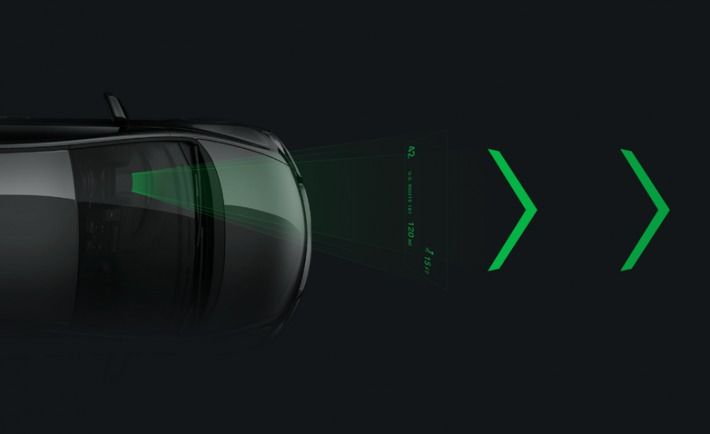Jun 30, 2015
A nearby black hole just erupted for the first time in 26 years and scientists are ecstatic
Posted by Sean Brazell in category: cosmology
Lurking 8,000 light years from Earth is a black hole 12 times more massive than our sun. It’s…
Lurking 8,000 light years from Earth is a black hole 12 times more massive than our sun. It’s…
Lately, media around the web has been bracing for robots — not time-traveling robots per se, but robot workers. Specifically, the increased sophistication of artificial intelligence and improved engineering of robotics has spurred a growing concern about what people are going to do when all the regular jobs are done by robots.
A variety of solutions have been proposed to this potential technological unemployment (we even had an entire Future of Work series dealing with this topic in March), many of which suggest that there will still be things that humans can do that robots can’t, but what are they? Read more

Washington, DC (PRWEB) June 30, 2015
Another 2.3 billion people are expected to be added to the planet in just 35 years. “By 2050, new systems for food, water, energy, education, health, economics, and global governance will be needed to prevent massive and complex human and environmental disasters,” explains Jerome Glenn, CEO of The Millennium Project. As Pope Francis said in His Encyclical Letter, “Halfway measures simply delay the inevitable disaster.”
The “2015−16 State of the Future” reviews the global situation and future prospects in a broad range of areas from environment to business and technology, and global ethics. Its executive summary states that:

There are plenty of ways to get directions in the car, but most have one big shortcoming. Whether you’re using a standalone GPS, in-car navi system, smartphone, the Apple Watch, or even a paper map, you have to look away from the road (you know, that thing you’re supposed to be paying attention to when driving) in order to see where you’re supposed to be going.
So how to keep your eyes on the road and not get lost? One option is the heads-up display. Increasingly common on high-end cars, these devices project things like navigation directions and current speed onto the windshield, so the driver has important information right in their field of vision. Read more
Chemical-to-electrical-to-chemical signal transmission. A conventional neuron (upper panel) senses chemical signals (orange circles), which trigger an electrical pulse of membrane depolarization (action potential) along the axon, causing chemical release at the axon terminals (blue circles). This process can be mimicked (lower panel) by a chemical biosensor (for glutamate or acetylcholine) connected to an axon-mimicking organic electronic ion pump that transmits electrons/ions and generates chemicals — forming an organic electronic biomimetic neuron. (credit: Daniel T. Simon et al./Biosensors and Bioelectronics)

I’m excited to share this 12-min video on transhumanism and my presidential campaign (at 7 min mark). This video just came out, but the Good Mythical Morning (with over 7 million YouTube subscribers) videos often get over 1 million views and 3,000+ comments. This will likely be one of the most popular videos on transhumanism this year, and it’s really funny!
In the new movie Self/Less, Ben Kingsley is dying of cancer, so he gets his mind placed into a younger body—that of Ryan Reynolds. You’ve seen this kind of “re-sleeving” before in novels like Altered Carbon, but is it scientifically possible? Here’s a brand new exclusive featurette that says… maybe.
